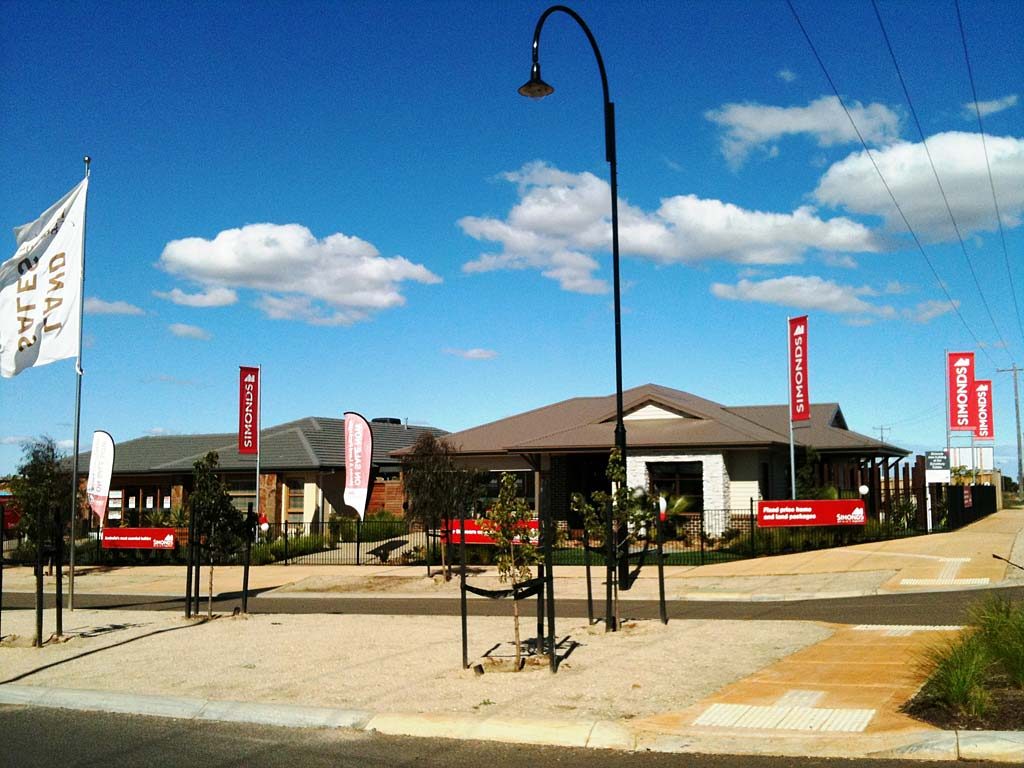This article is from the Australian Property Journal archive
LISTED homebuilder Simonds Group (ASX: SIO) has sailed through rough conditions in the residential property market with flying colours.
The company posted a net profit of $11.7 million for the FY19, an increase of 144% on $4.8 million in FY18. EBITDA was $23.2 million – $9.5 million higher than FY18 due the higher site starts, strong cost control and implementation of value creation strategies and revenue jumped to $687.7 million, $82.5 million higher than FY18 due to increased site starts and changes in product mix including a focus on two storey builds. No dividend was paid in FY19.
CEO and managing director Kelvin Ryan said Simonds continued to lift its performance and strengthen its financial position, to further benefit from the expansion into new sales channels.
The company had 2,580 site starts – 80 more than FY18.
“The ‘back to basics’ approach launched in FY18 is delivering improving margins, positive cash flows and restoring balance sheet health. Our continuous improvement program in systems and processes is yielding efficiencies,” he added.
Net cash flows increased $5.9 million, an increase of 184.4% on last year. The group improved net assets from $1.0 million at 30 June 2018 to $11.4 million at 30 June 2019 as a result of higher earnings, strong focus on cash controls and working capital management.
Revenue from the Builders Academy Australia (BAA) division was lower, revenue was down 8.9% to $10.2 million but EBITDA increased to $1.2 million from $0.8 million.
Ryan said revenue received by the BAA business was less than FY18, however changes to the delivery of courses and continued strong course enrolments enabled the business to increase earnings year on year. In addition, BAA retained its existing state government and federal government funding contracts and increased delivery in areas including apprenticeships.
Looking ahead Ryan said some challenging conditions across the residential property market experienced over the past 12 months are likely to continue through the remainder of calendar 2019 and into 2020 with respect to housing starts.
“Key industry groups forecasting new housing starts will decline by 10-15% in FY2020. Like others in the residential housing sector, we expect to see a decline in our housing starts commensurate with the overall industry outlook (10-15% decrease) in FY20 – notwithstanding this – some positive macro factors, including relief in financing and lending criteria, suggest market confidence has improved post the federal election.” Ryan said.




